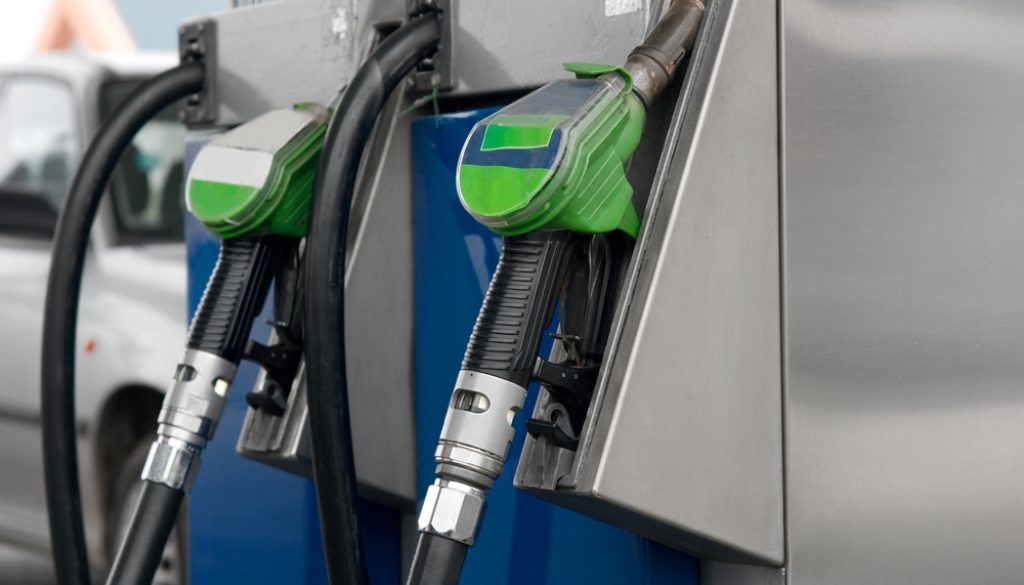Automakers Meet Standards, Says the EPA, Making Cars More Efficient, Cleaner
By Luke Tonachel, Natural Resources Defense Council
The U.S. Environmental Protection Agency’s annual vehicle fuel economy report shows, yet again, that clean car standards are making new cars better for consumers and the planet. In other words, the EPA’s own report shows that its plan to gut these standards makes no sense.
New cars and light trucks sold in model year 2017 (the EPA’s latest complete data) comprise the most fuel efficient and cleanest fleet ever, achieving an average of 24.9 miles per gallon (mpg).
But much more can be done. Under the current standards, new vehicles—primarily powered by gasoline—would average 36 mpg by 2025 if known technologies were deployed throughout the fleet and even higher with more hybrids and electric vehicles. Rolling back the standards will only disrupt innovation and leave drivers with higher fuel bills.

SOURCE: EPA
Five Years of Progress
The EPA’s on-line counter estimates that since 2012, clean car standards have saved consumers more than $65 billion at the pump and avoided over 325 million metric tons of climate-damaging carbon pollution—equivalent to the emissions from 83 coal plants in one year.
The agency’s Automotive Trends Report summarizes the fleet average fuel economy and emissions improvements of major manufacturers as standards ramped up through model years 2012 to 2017. The good news for consumers is that nearly all manufacturers have been making better vehicles. Toyota’s performance, however is a notable exception; it slid backward. It appears that the automaker shifted sales toward trucks, which have less stringent standards, but failed to apply enough fuel-saving and lower-emissions technology to those vehicles. Instead, Toyota could rely on a large bank of credits generated early in the program to maintain compliance with the standards.

SOURCE: EPA
Other truck-heavy manufacturers, notably the “Detroit Three”—General Motors, Ford, and Fiat Chrysler—achieved fleetwide improvements, albeit relatively modest, even while their sales shifted away from cars to trucks.
In fact, the standards have been successful at prodding improvements to vehicles of all types—including cars, SUVs, minivans and pickups—thus providing ample fuel- and emissions-friendly choices for new vehicle shoppers.
Standards Drive Innovation
The report, as shown below, shows that manufacturers have deployed a variety of technologies to meet the clean car and fuel economy standards, but most have not reached 100 percent penetration, demonstrating room for ongoing improvements.

Deployment of technologies that reduce fuel consumption and emissions by manufacturer. GDI=gasoline direct injection engines, CVT=continuously variable transmission, 7+Gears=advanced transmissions with 7 or more gears, CD=cylinder deactivation, PHEV/EV/FCV=Plug-in Hybrid Electric Vehicles/Electric Vehicles/Fuel Cell Vehicles
SOURCE: EPA
Rolling Back the Standards Hurts Jobs
Strong emissions and fuel economy standards push innovative technology development and deployment into the fleet. They also save consumers money at the pump to spend in their local economies and grow jobs. In fact, Synapse Energy Economics found that as many as 250,000 jobs could be created if the existing standards are maintained through 2025.
One the other hand, Trump’s EPA and Department of Transportation found that 60,000 auto sector jobs would be lost if they finalized their proposed standards rollback—just another reason the rollback is a terrible idea.
The EPA’s report demonstrates that standards are working to bring us cleaner, more efficient cars. There’s no reason to turn back. The Trump administration’s plan to rollback the standards will cost Americans more at the pump and make us all suffer from increased vehicle pollution. We should keep the current strong standards and look forward to more positive progress reports in the future.

